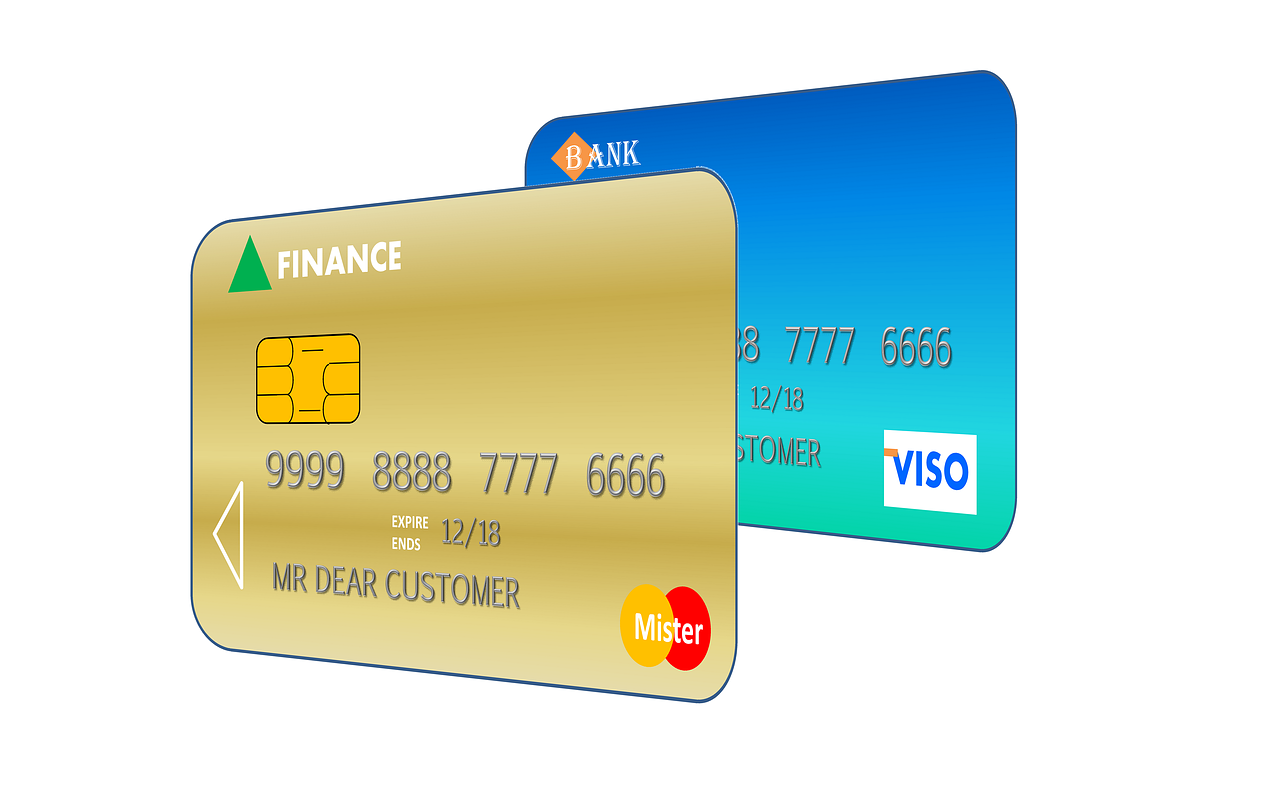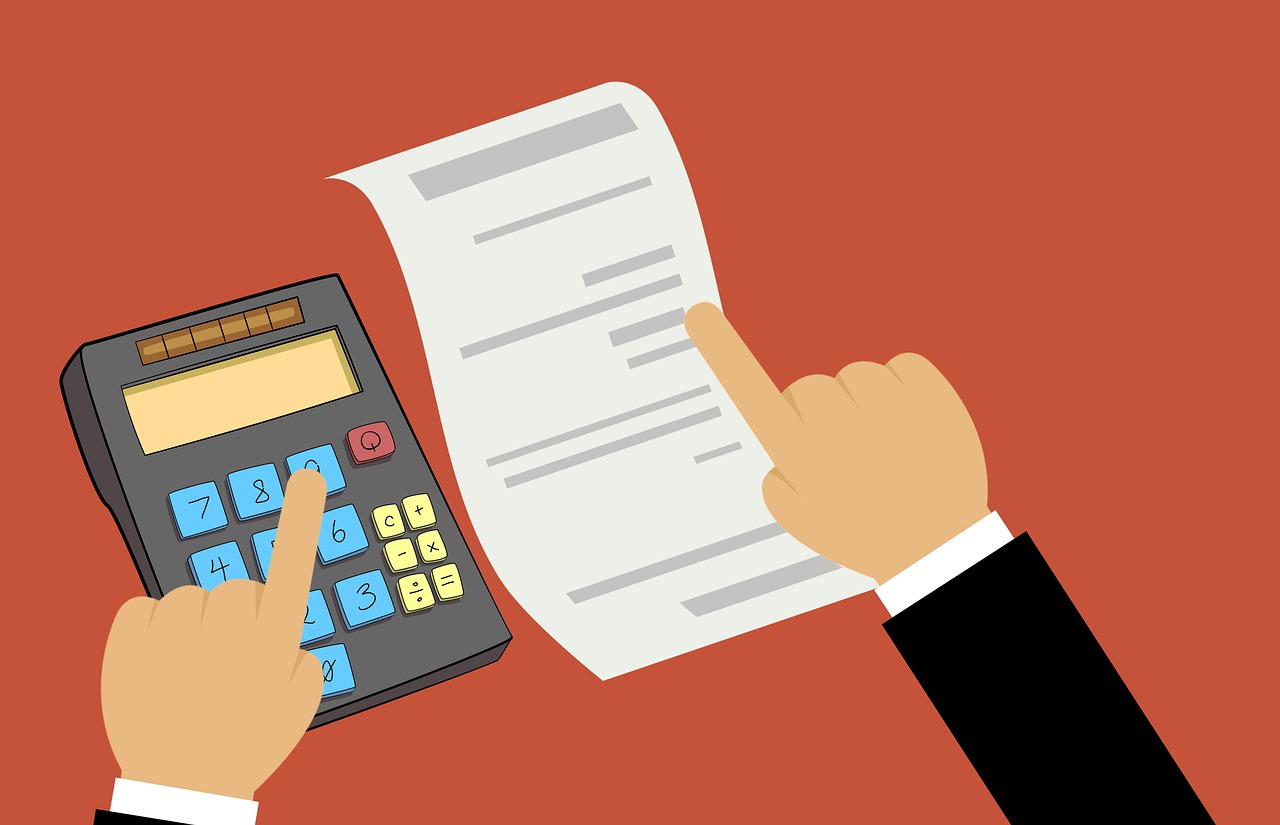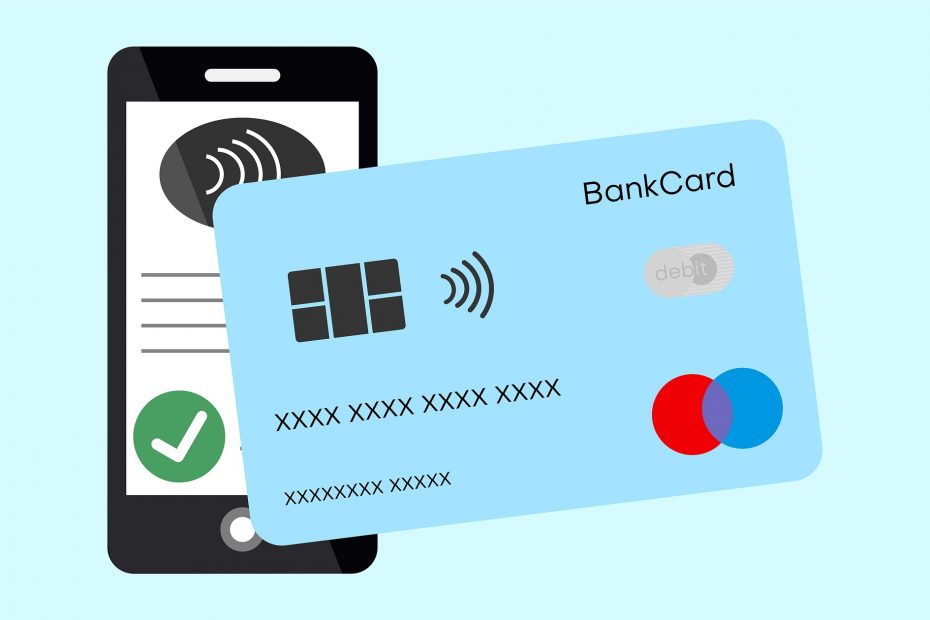There are a lot of steps to take when starting a business online, but one of the most important is setting up payment processing. Payment processing allows a business to take payments online and get paid.
To take payments online, a business needs to use a payment processor. This allows customers to safely and securely enter their payment information to pay for the goods and services they are purchasing.
The payment processor communicates with the customer’s bank to ensure there are enough funds for the purchase. If there are enough funds, the payment processor communicates an approval to the business. If there aren’t enough funds, the payment processor communicates a denial.
In other words, a payment processor is extremely important for a business to have when operating online. It is crucial to understand the whole process of payment processing to offer customers the most secure transactions possible.
How Does Payment Processing Work?
It may seem like payment processing is as simple as the customer swiping their card or entering their card information online, but a lot more happens behind the scenes to make the transaction run smoothly.
Customer Enters Card Information
The first step of payment processing is when the customer enters their credit or debit card information on the business website. The information is submitted through a payment gateway, which is either directly on the business website or routed to a secure website of the host for the gateway.
Payment Gateway Sends Information to Payment Processor
After the customer enters their card information in the payment gateway, the gateway encrypts the information and sends it to the payment processor. This starts the transaction as the payment processor communicates with the customer’s bank or card network.
Payment Processor Gets Approval or Denial
The payment processor communicates with the customer’s bank or card network to gain approval or denial of the transaction. The payment processor checks to make sure there is enough funds available on the card that was input to complete the transaction.
If there are sufficient funds to cover the transaction, the payment processor will get a notice of approval from the customer’s bank or card issuer. If there are not sufficient funds to cover the transaction, the payment processor will get a notice of denial.
Payment Processor Sends Notice Back to Payment Gateway
When the payment processor gets notice of approval or denial, it will communicate that information back to the payment gateway to inform the customer. If the transaction is denied, that is the end of the process.
Payment Processor Requests Funds from Bank
If the transaction is approved, the payment processor will request the funds from the customer’s bank to be sent to the merchant bank. This part of the process typically happens instantly, though there may be a hold by the merchant account before the funds are released to the business.
Business Gets Funds
After the holding period of the merchant account, the business will gain access to the funds from the customer’s purchase. Once the business receives the funds, the payment process is finished.

Parts Involved in Payment Processing
There are several working parts in payment processing. Part of understanding how payment processing works is understanding the parts involved in payment processing.
- Customer. The person or business making the purchase
- Card Network. Issuing company of a customer’s debit or credit card (MasterCard, Visa, Amex, Discover)
- Issuing Bank. Owner of customer’s debit or credit card
- Merchant. The business selling the goods/services to the customer
- Merchant Account. An account established with the payment processing company that allows the merchant to accept credit and debit cards
- Business Bank Account. Where the funds are deposited form the merchant account to the business
- Payment Gateway. Software that customer enters payment information into on business website
- Payment Processor. Communicates with payment gateway, customer bank, and merchant account to complete the transaction
Payment Types Accepted by Payment Processors
When it comes to processing payments online, there can be a lot of flexibility. Payment processors give businesses the ability to accept more than just debit and credit cards payments.
Credit and debit cards are the most popular form of payment with online payment processing. The money is transferred instantly from the customer’s bank to the merchant account of the business, so it is most desired by customers and businesses alike.
E-wallets are another instant form of payment that customers like to use for online payments. Customers can load their credit and debit card numbers onto their phones or request one-time credit card numbers through their bank for their e-wallet.
Bank transfers use a customer’s bank account number to transfer the money to the business. It is not as common for one-time payments as it is for recurring payments, such as mortgage, credit card, or car loan payments.
Crypto currency is becoming popular, and a few payment processors have started accepting crypto as a form of payment. As of now, this is the least common payment method used by customers.

How Long Does the Payment Process Take?
There is nothing more frustrating than thinking a payment is going to be deposited into a business account immediately and it doesn’t. Understanding the length of the payment process is important for avoiding this frustration.
While credit and debit card payments are typically processed instantly through the customer’s bank, it can take a few days before the business sees the money. The funds from the customer are held in a merchant account through the payment processing company.
Different payment processing companies have different hold times, but they are generally between one business day and seven business days. The main reason merchant accounts hold is to protect the business against fraudulent charges and prepare for refunds or chargebacks.
These holds are put in place to give the payment processor time to investigate any potential fraud, refunds, or chargebacks that might put the business at risk. If the payment processor suspects any kind of fraudulent activity, they can cancel the transaction before the business starts processing the order.
Costs Associated with Payment Processing
Payment processing is a business tool, so it comes with a cost. There are many fees associated with a payment processor and understanding them makes it easier to build a budget for the business.
There are three main fees that get charged for each transaction processed with the payment processor.
1. Interchange Fees. This fee is paid to the credit card issuer just for the customer using the card information for the purchase. These fees range from 1.15% to 3.30% plus $0.05 to $0.10 depending on the card issuer.
2. Payment Processor Fees. This fee is paid to the payment processor company. This fee can be a monthly charge, per transaction charge, or both.
3. Assessment Fees. This fee is paid to the card network (MasterCard, Visa, Amex, etc.) so the business can keep accepting them for payments. This fee is usually based on total monthly sales, not per transaction.
These three fees can then be charged to the business in four different ways. They can be charged as a flat rate fee, tiered fees, interchange-plus fees, and membership-based fees.
Flat Rate Fees
If a payment processor charges a flat rate fee, the business will be charged all of the above fees as one. For example, a payment processor might charge a flat fee of 2.5% plus $0.05 per transaction.
Tiered Fees
Some payment processors have their fees separated into three tiers. These tiers are qualified, mid-qualified, and non-qualified.
A qualified tier includes debit cards and credit cards that do not have rewards programs attached.
A mid-qualified tier includes credit cards that have a basic rewards program attached.
A non-qualified tier includes business credit cards and credit cards with generous rewards programs attached.
Like a flat rate fee, tiered fees are generally a set percentage plus a flat fee per transaction. Tiered fees are typically less expensive than flat rate fees, but can be more expensive than interchange plus fees.
Interchange-Plus Fees
Interchange-plus is considered the least expensive way to charge payment processing fees to a business, but the fees can vary based on the card network, type of card used by the customer, and how the card is processed.
These fees include the interchange rate that is charged by the card issuer plus a transaction fee that gets paid to the payment processor. Just like the other two fee types, interchange-plus fees are charged as a percentage plus a flat rate.
Membership-Based Fees
With a membership-based fee, the payment processor doesn’t take a percentage of the sale like the other fee structures. Instead, they charge the business a flat monthly or yearly rate and a small flat rate per transaction, For example, $49 a month and $0.05 each transaction.

Start Processing Payments with Bankful Today!
Is your business ready to start accepting payments with credit cards? Bankful offers payment processing for any type of business. Check out what they have to offer and start instantly accepting credit and debit cards!


